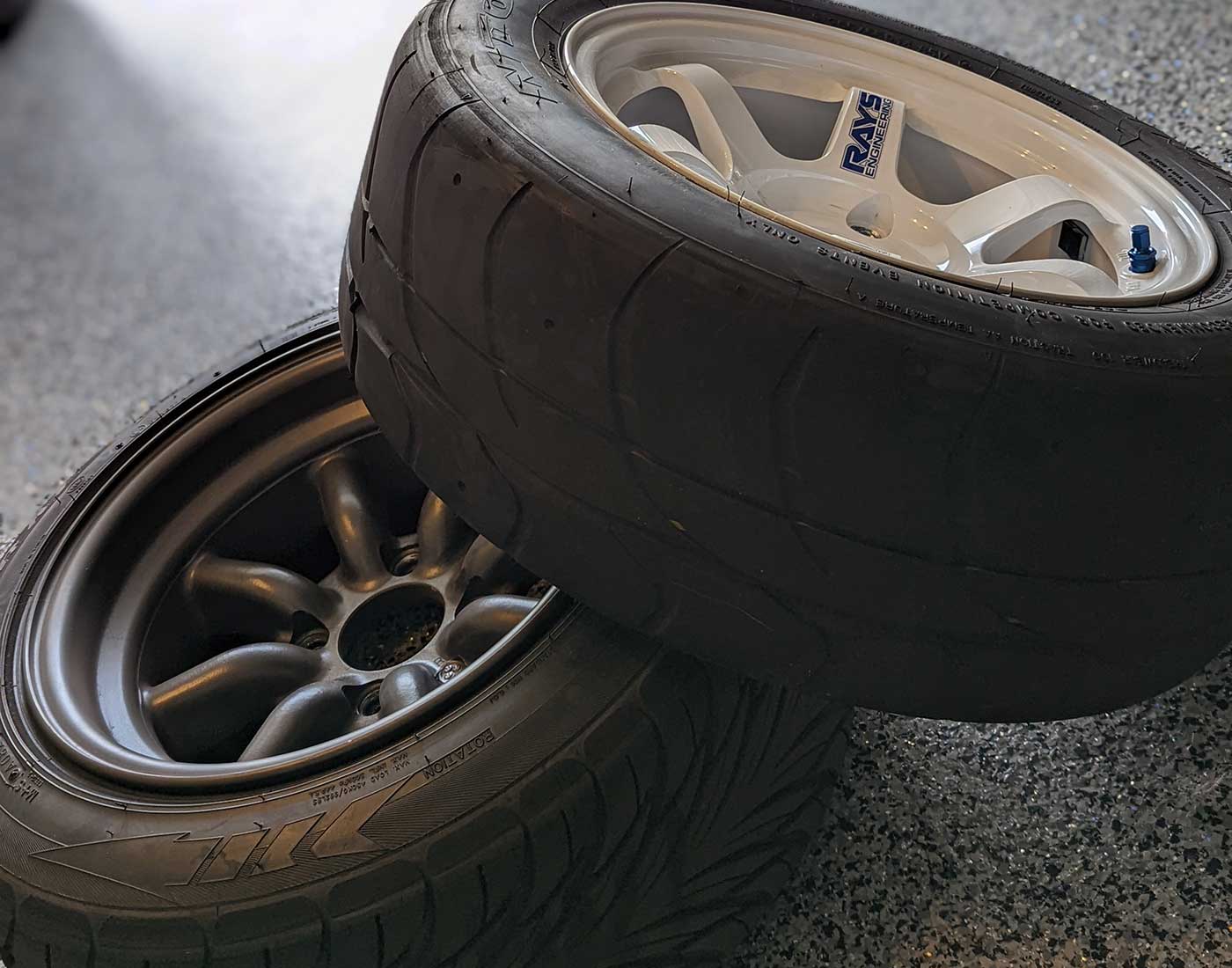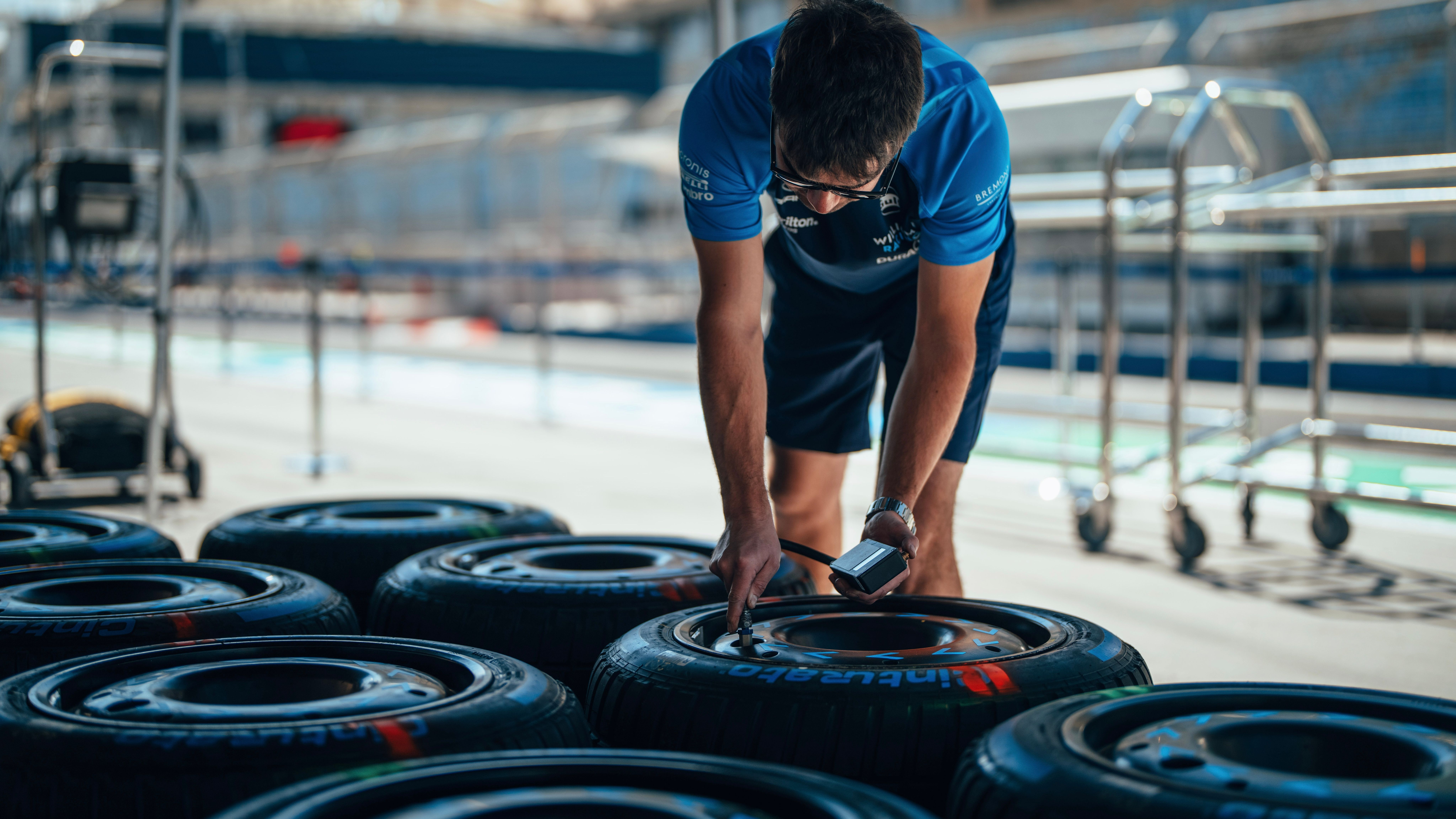All Categories
Featured
Table of Contents
The Michelin used a comfy driving experience, characterised by receptive guiding and a dynamic understeer balance. In spite of the cooler screening problems, Michelin's regular time and hold over 3 laps suggests its suitability for real-world applications.
The tyre's initial lap was a 2nd slower than the second, pointing to a temperature-related hold increase. For everyday usage, the Michelin may be a much safer bet.
Leading Tyre Safety Near Me (Morley)
It shared Michelin's risk-free understeer equilibrium but did not have the latter's desire to turn. Continental and Goodyear's performances were noteworthy, with Continental's new PremiumContact 7 revealing a considerable renovation in damp problems contrasted to its precursor, the PC6. This design was far much less sensitive to fill adjustments and behaved similar to the Michelin, albeit with somewhat much less interaction at the limit.
It combined the secure understeer balance of the Michelin and Continental with some flashy handling, verifying both foreseeable and fast. As an all-rounder for this Golf GTI, Goodyear's Crooked array was the standout, showing impressive performance in the wet. The Bridgestone Potenza Sporting activity took the crown as the fastest tire, albeit by a little margin.
Vehicle drivers seeking an exciting wet drive may find this tire worth thinking about. The standout performer in wet stopping was the newest tyre on examination, the PremiumContact 7, though the outcomes are nuanced.
Affordable Car Tyre Fitting
Preferably, we desired the chilly temperature level test to be at around 5-7C, however logistical delays indicated we evaluated with an average air temperature level of 8C and water at 12C. While this was cooler than basic test conditions, it was still warmer than real-world conditions. The warm temperature level examination was done at approximately 18C air and 19C water.
The third run entailed wet braking examinations on worn tyres, especially those machined down to 2mm with a tiny encounter. While we planned to do even more with these worn tires, climate restrictions restricted our screening. It's worth noting that wet stopping is most vital at the used state, as tyres normally enhance in completely dry conditions as they use.

Bridgestone, Goodyear, and Michelin saw the least efficiency decrease when worn. The Hankook tyre registered the smallest performance drop as temperatures cooled down, yet it was among the most affected when worn.
Honest Tyre Installation Near Me – Morley
The take-home message here is that no solitary tyre stood out in all elements of damp stopping, indicating a complex interplay of variables influencing tire performance under various conditions. There was a standout tire in aquaplaning, the Continental completed top in both straight and bent aquaplaning, with the Michelin and Goodyear additionally really good in much deeper water.

Yokohama might take advantage of a little even more grasp, a problem possibly affected by the colder problems. As for dealing with, all tyres done within a 2% variety on the lap, showing their top notch performance (Premium tyre selection). However, thinking about these tires basically target the exact same client, it's fascinating to observe the considerable differences in feeling.
The surprise is because the PremiumContact 6 was just one of my favourites for stylish dry drives, however its successor, the PremiumContact 7, appears elder and appears like Michelin's performance. Amongst these, Hankook was the least accurate in steering and communication at the limitation. Tyre sales. Both Michelin and Continental offered beautiful initial guiding, albeit not the fastest
If I were to recommend a tyre for a fast lap to a beginner, state my father, it would be just one of these. After that we have the 'fun' tires, particularly Yokohama and Bridgestone. Both were swift to steer and felt sportier than the others, yet the compromise is a more spirited back end, making them much more tough to handle.
Budget Car Tyres – Bayswater 6062 WA
It supplied similar steering to Bridgestone however supplied far better comments at the limitation and far better grasp. The Bridgestone Potenza Sport, nonetheless, appeared to weaken quite rapidly after simply three laps on this requiring circuit. Finally, there's Goodyear, which positioned itself someplace between the enjoyable tires and those having a tendency towards understeer.
All in all, these tires are outstanding performers. In terms of tire wear, the approach made use of in this examination is what the industry refers to as the 'gold standard' of wear.
Both the Bridgestone and Yokohama tyres substantially underperformed in comparison to the various other four tires in terms of rolling resistance, with Continental slightly outmatching the rest. Regarding the convenience degree of the tires, as prepared for, most demonstrated an inverted correlation with handling. The Continental, Michelin, and Goodyear tyres carried out finest throughout different surface kinds checked.

Bridgestone started to reveal signs of firmness, while Yokohama was particularly jarring over craters. We did determine internal noise levels; nonetheless, as is typically the case, the results were carefully matched, and due to weather restrictions, we were unable to carry out a subjective evaluation of the tires noise. We looked at abrasion numbers, which determine the quantity of tyre tread lost per kilometre, normalised to a one-tonne lorry.
Trusted Tyre Repair Services Near Me
This number represents the quantity of rubber dirt your tyres create while driving. Michelin led in this category, producing over 9% less rubber particulate matter. On the other hand, Hankook generated 32% even more. This is an aspect I think the industry must focus on more in the future, and it's something Michelin is advocating.
Latest Posts
Leading Tyre Repair Services (Caversham)
Discount Tyres Near Me – Westminster 6061 WA
All-season Tyres